In today's ever-evolving world of digital gaming, animated game cards are reshaping how players experience strategy, storytelling, and collectible gameplay.
Unlike traditional static cards, these visually dynamic cards bring emotion, personality, and excitement to every move, making gameplay more immersive and visually stunning.
Whether you're a game developer, a card game enthusiast, or simply curious about the next big trend in gaming, animated game cards offer a fresh blend of design, interactivity, and innovation that's hard to ignore.
In this blog, we'll explore what animated game cards are, how they're used across popular genres, and why they're becoming essential in both mobile and PC games.
From development tools to user experience benefits, this guide covers everything you need to know about these captivating digital assets.
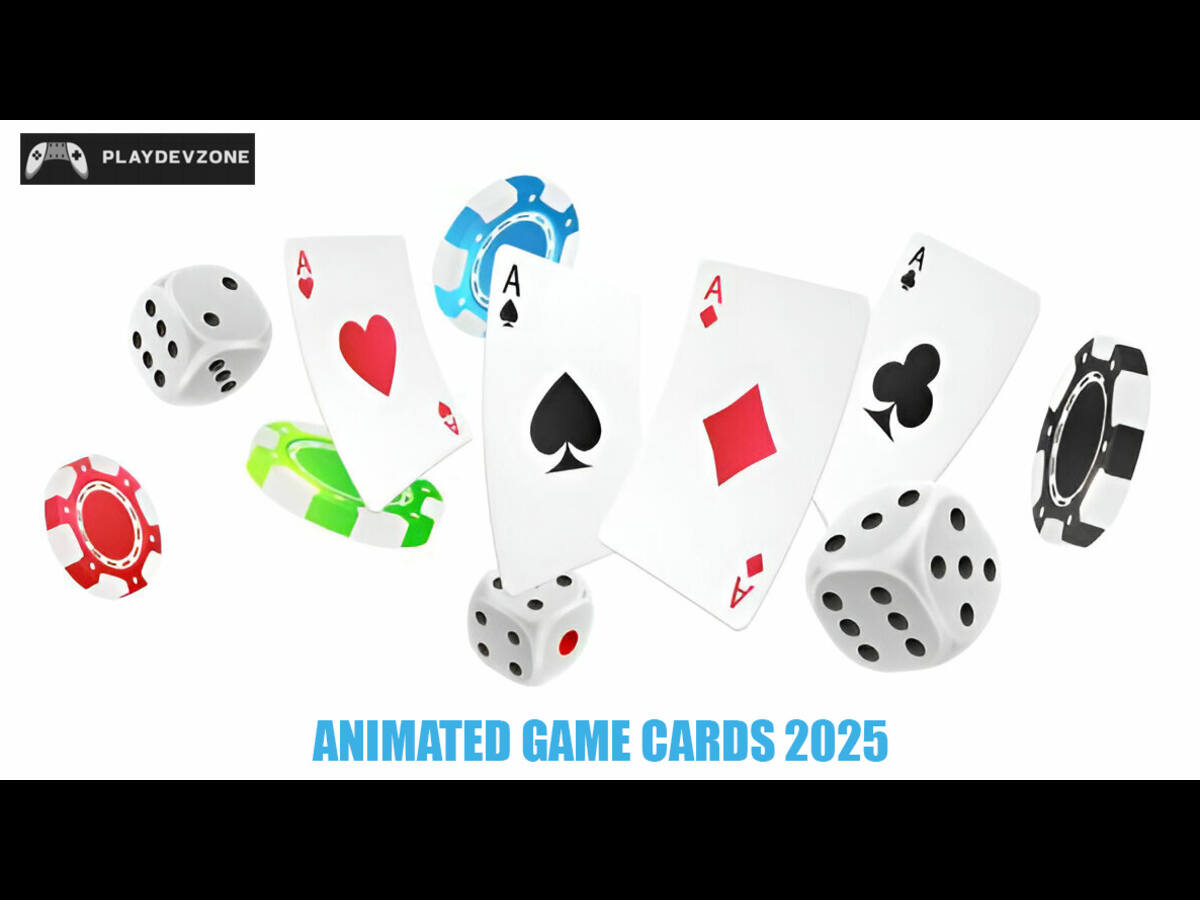
What Are Animated Game Cards?
Animated game cards are digital cards enhanced with motion effects, bringing characters, powers, or scenes to life within a game.
Unlike traditional static cards, these use 2D or 3D animations to create a more immersive and visually dynamic experience.
Typical in mobile, strategy, and collectible card games, animated cards not only look more engaging but also help tell stories or highlight special abilities during gameplay.
As gaming evolves, animated cards are becoming a core feature in both mainstream titles and indie projects.
The Evolution of Game Cards in Digital Gaming
Game cards have come a long way, from physical decks to fully animated digital collectibles.
Early digital card games simply mimicked traditional formats, but modern titles now feature animated game cards with stunning visual effects, sound, and interactivity.
These enhancements create deeper engagement and bring card-based gameplay to life.
Today, players enjoy real-time animations, dynamic abilities, and even blockchain-powered ownership.
This evolution reflects how technology is reshaping the gaming experience, making digital card games more immersive and visually captivating than ever before.
Why Animated Game Cards Enhance Gameplay
Animated game cards significantly enhance gameplay by making interactions more engaging and visually appealing.
These dynamic visuals capture players' attention, boost immersion, and make game mechanics more straightforward to understand.
Animation adds depth and excitement, turning ordinary moves into memorable experiences.
Players are more likely to stay longer and return frequently, increasing user retention.
Whether it's a fantasy battle or a strategy deck, animated cards bring characters and effects to life.
This innovation not only improves user experience but also drives organic traffic and higher in-game engagement.
Popular Games Using Animated Game Cards
Popular games using animated game cards are transforming the gaming experience with stunning visuals and interactive gameplay.
Titles like Hearthstone, Legends of Runeterra, and Magic: The Gathering Arena use animated cards to bring characters and spells to life.
These animations enhance storytelling, boost player engagement, and create a more immersive experience.
By combining strategy with visual appeal, these games attract millions of players worldwide.
Animated cards are not just a trend. They're a key feature driving game popularity, user retention, and organic traffic in today's competitive gaming market.
How Developers Create Animated Game Cards
Creating animated game cards involves a blend of creativity, design, and advanced technology.
Developers use tools like Unity, Spine, or After Effects to animate characters, effects, and backgrounds, bringing static cards to life.
Each animation is carefully crafted to match the game's style and enhance user experience.
Smooth transitions, motion effects, and responsive designs help keep players engaged.
By combining art and code, developers ensure that every card feels interactive and exciting.
Future Trends: Animated Cards in Web3 and NFT Gaming
The future of animated cards in Web3 and NFT gaming is revolutionizing digital ownership and gameplay.
These cards aren't just visually stunning. They're also unique assets secured on the blockchain.
Gamers now have the ability to exchange, sell, or enhance animated NFTs, turning in-game assets into valuable digital collectibles with real-world worth.
Thanks to decentralized platforms and smart contract technology, developers are crafting more engaging and rewarding virtual experiences than ever before.
As Web3 evolves, animated cards will play a key role in shaping interactive, player-owned economies.
FAQ (Frequently Asked Questions)
What is the card game anime called?
The card game anime you're likely referring to is Yu-Gi-Oh!, Widely regarded as a landmark title, it stands among the most iconic and impactful series in its genre.
It features intense duels using magical cards, strategic gameplay, and a rich storyline that has captivated audiences worldwide.
Yu-Gi-Oh! has inspired real-life trading card games, spin-offs, and mobile apps.
Other notable card game anime include Cardfight!! Vanguard, Duel Masters, and Future Card Buddyfight.
These shows blend action, fantasy, and strategy, attracting both anime fans and card game enthusiasts, making them a strong source of organic traffic and SEO value.
What is an animated card?
An animated card is a digital card enhanced with motion graphics, effects, or interactive elements that bring it to life on screen.
Unlike static cards, animated cards feature moving characters, glowing elements, or special visual effects that enhance gameplay and user engagement.
Common in video games, NFT platforms, and digital collectibles, these cards offer a more immersive and dynamic experience.
Animated cards are especially popular in online trading card games and Web3 gaming, attracting higher user interaction.
What are some famous card games?
Some famous card games that have gained global popularity include Poker, Blackjack, Uno, and Solitaire.
In the world of trading card games, titles like Yu-Gi-Oh!, Magic: The Gathering, and Pokémon TCG stand out for their competitive gameplay and massive fanbases.
Digital card games such as Hearthstone and Legends of Runeterra also lead in the online gaming space.
How to create an animated card?
To create an animated card, start by designing the card layout using graphic tools like Adobe Illustrator or Photoshop.
Then, use animation software such as After Effects, Spine, or Unity to add motion to elements like characters, effects, or backgrounds.
Export the animation in a web-friendly format (GIF, video, or HTML5).
For games or apps, developers often integrate animated cards using code and game engines.
Well-designed animated cards boost user engagement and enhance visual appeal.
How do collectible card games work?
Collectible card games (CCGs) work by allowing players to build personalized decks using a variety of unique cards, each with specific abilities, powers, or effects.
Players use strategy, timing, and skill to battle opponents, aiming to reduce their opponent's life points or fulfill game objectives.
Cards are typically earned through packs, trades, or purchases, adding rarity and excitement.
Popular CCGs like Magic: The Gathering and Yu-Gi-Oh! Thrive on this model.
How Animated Game Cards Are Revolutionizing Digital Collectible Games in 2025
In 2025, animated game cards are redefining the future of digital collectible games.
Unlike traditional static cards, these dynamic NFTs feature motion graphics, sound effects, and interactive elements that bring gameplay to life.
This innovation not only enhances visual appeal but also adds depth to strategy and user engagement.
Powered by blockchain technology and smart contracts, animated cards offer actual ownership, transparency, and the ability to trade, sell, or upgrade assets across multiple platforms.
Players are no longer limited to a single-game environment. They can now carry their unique, evolving cards across the metaverse, unlocking new levels of interaction and value.
Game developers are embracing these features to deliver immersive and rewarding experiences, creating entire ecosystems around animated digital collectibles.
This has sparked a new wave of community-driven economies where players earn real-world income through gameplay.
Whether you're a collector or a competitive gamer, animated game cards are changing how we experience digital gaming.
As this trend grows, expect more innovation, cross-platform compatibility, and opportunities in the world of Web3 gaming.
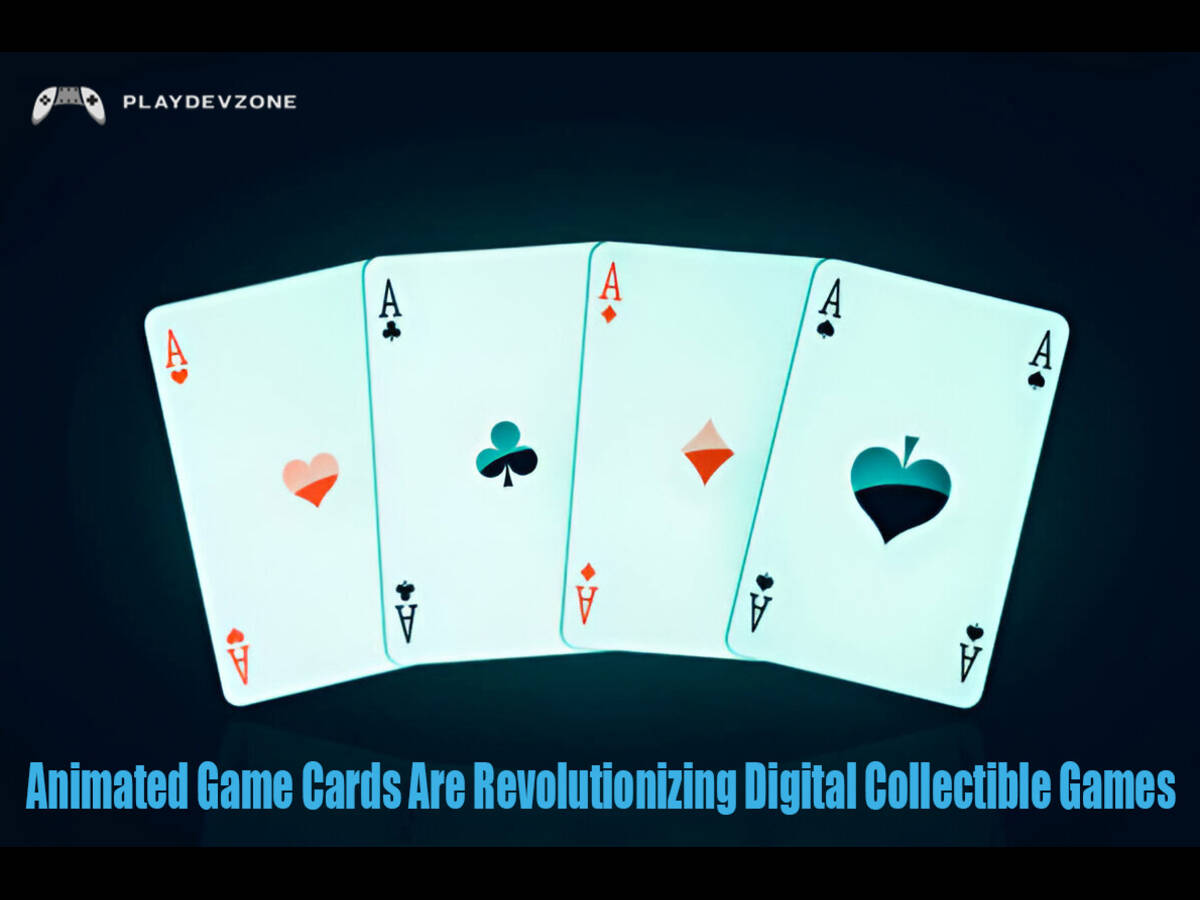
Conclusion
Animated game cards are quickly becoming a powerful tool in the evolution of digital gaming.
With their ability to merge stunning visuals, interactive design, and real-time animation, these cards offer a more immersive and dynamic user experience than traditional static cards ever could.
Whether you're a game developer aiming to increase player engagement or a designer exploring new creative formats, animated game cards open the door to endless possibilities.
As the gaming industry continues to evolve, animated game cards are no longer just a trend. They're becoming a standard. By integrating motion, creativity, and interactivity, these cards not only enhance gameplay but also create stronger emotional connections with users.
In a world where attention spans are short, and expectations are high, animated game cards are setting a new benchmark for visual storytelling in games.

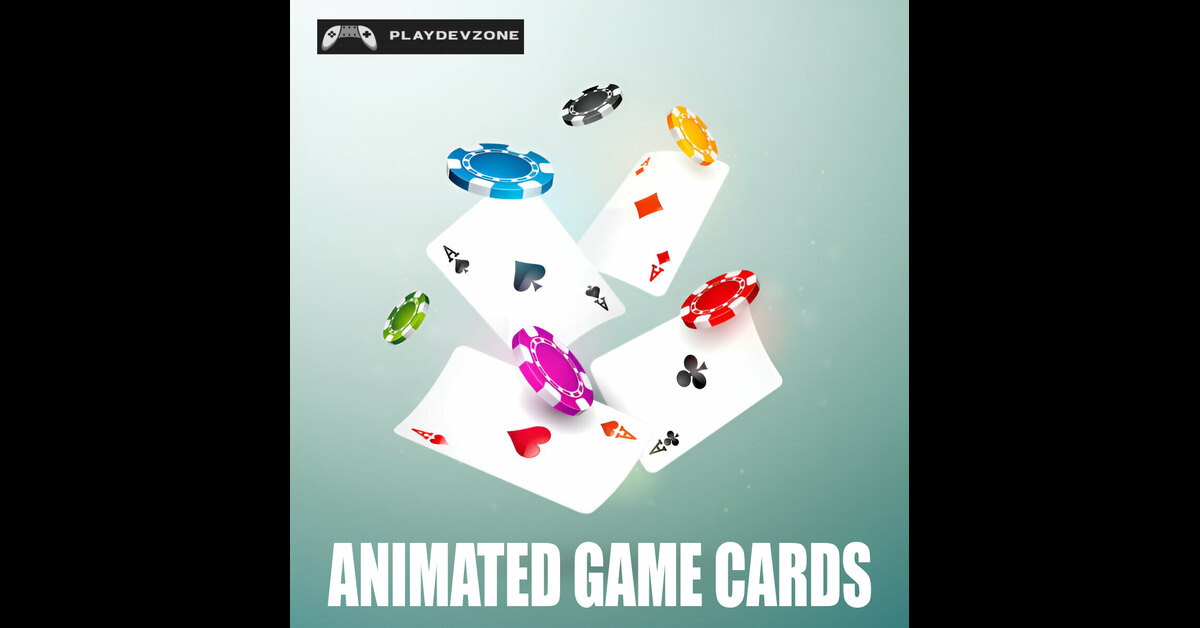



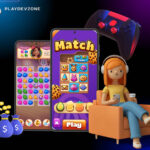

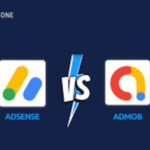


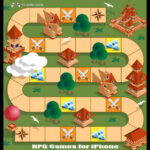
1 thought on “How Animated Game Cards Are Revolutionizing Digital Collectible Games in 2025”